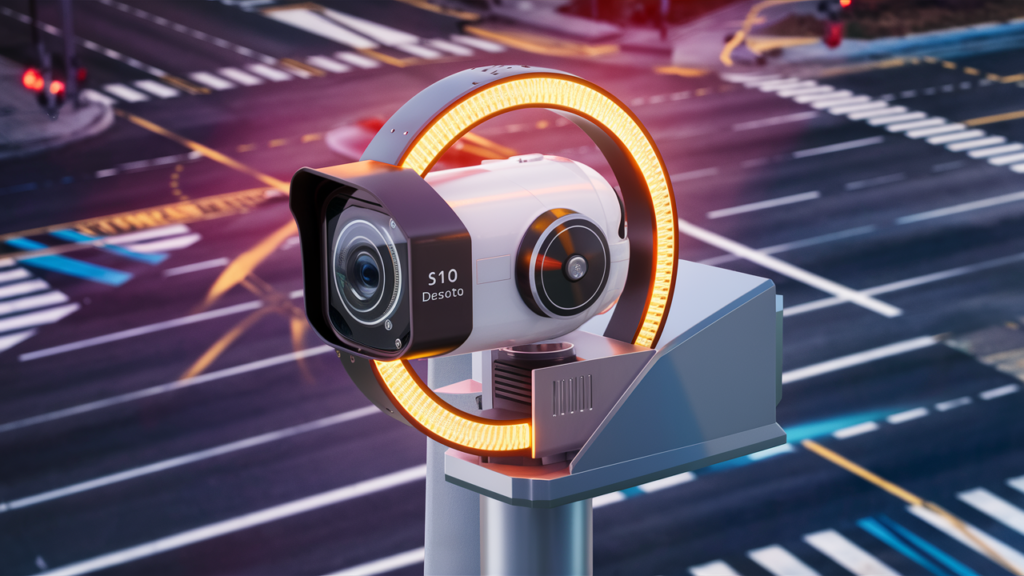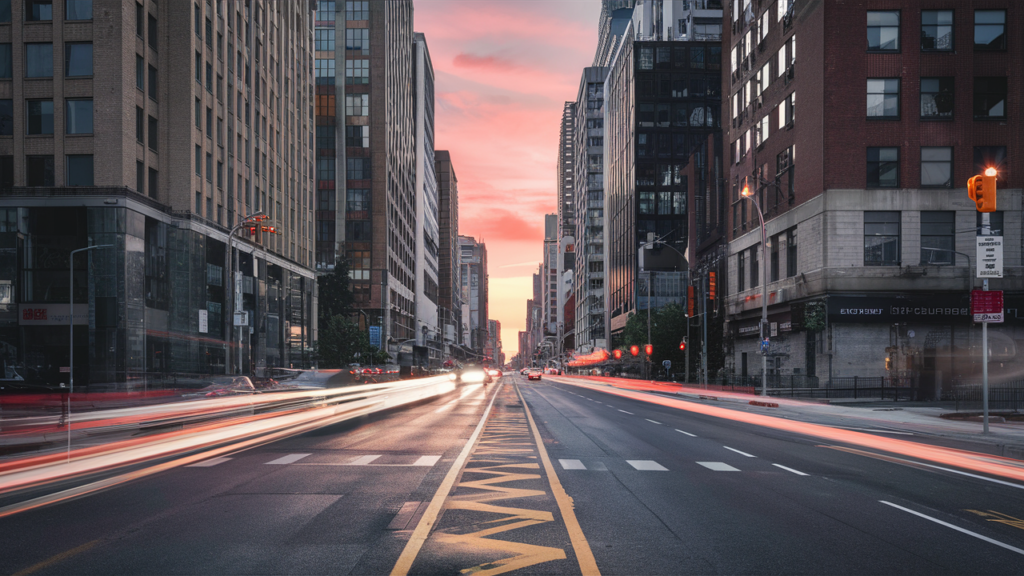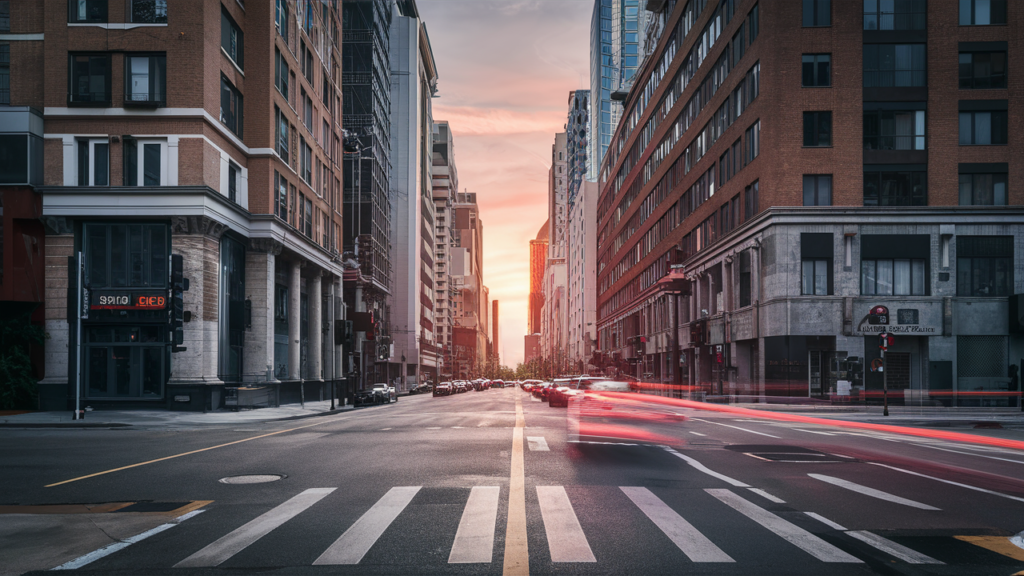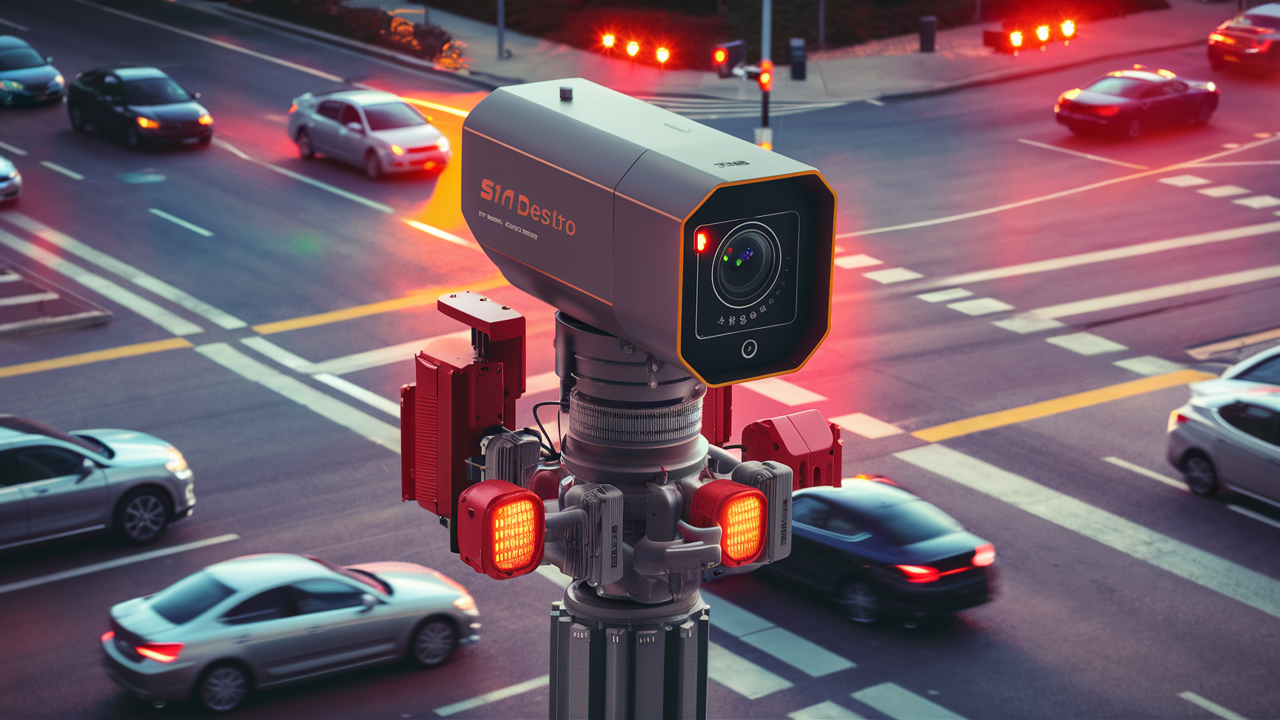Introduction
The implementation of traffic control systems has passed through improvements in recent years, and one of the maximum debated improvements is the S101 DeSoto red-light digital camera. These systems are designed to enhance avenue safety and make certain compliance with site visitors laws, specifically addressing the difficulty of red mild violations. This article delves deeply into the capability, reason, and effect of the S101 DeSoto red light camera, shedding mild on its advantages, challenges, and implications for drivers and town infrastructure.
What is the S101 DeSoto Red Light Camera?
The S101 DeSoto Red light camera is a complicated visitor tracking device mounted at busy intersections in DeSoto. Its number one feature is to discover and report instances wherein cars fail to prevent crimson lights, a site visitor violation that regularly outcomes in severe injuries. The device captures clean pix and movies of offending automobiles, ensuring accurate identity of violations.
The S101 DeSoto red light camera is part of a broader initiative aimed at selling more secure driving conduct. Its setup reflects a dedication to reducing the frequency of pink light strolling, which remains the main reason for city traffic accidents. By automating the enforcement method, the machine relieves the load on regulation enforcement personnel, permitting them to recognize other vital responsibilities.

How Does the S101 DeSoto Red Light Camera Work?
The operation of the S101 DeSoto red light camera is a seamless integration of technology and automation. When a vehicle approaches an intersection monitored by the system, sensors embedded in the road detect its speed and position. If the system determines that the vehicle will not stop before the light turns red, it activates the camera to capture a sequence of images and videos.
The captured footage typically includes the following:
- An unmistakable picture of the vehicle’s license plate.
- The vehicle’s position relative to the intersection.
- A timestamp showing the precise moment of the violation.
- Contextual evidence, such as the status of the traffic light at the time.
This evidence is then reviewed by trained personnel or automated systems to verify the violation before issuing a citation. The S101 DeSoto red light camera ensures that the process is both accurate and fair, minimizing the potential for errors.
Benefits of the S101 DeSoto Red Light Camera
The introduction of the S101 DeSoto red light camera has brought about numerous benefits, significantly impacting road safety and traffic management. Below are some of the key advantages:
- Enhanced Road Safety: The primary goal of the S101 DeSoto red light camera is to reduce accidents caused by red light running. Studies have shown that intersections equipped with red light cameras experience fewer collisions, particularly those involving severe injuries or fatalities.
- Behavioral Change: The presence of the S101 DeSoto red light camera acts as a deterrent for reckless driving. Knowing that violations will result in penalties encourages drivers to exercise greater caution and adhere to traffic laws.
- Efficient Law Enforcement: By automating the monitoring process, the S101 DeSoto red light camera allows law enforcement agencies to allocate resources more effectively. Officers can focus on other critical aspects of public safety, such as responding to emergencies or addressing criminal activity.
- Revenue Generation: While safety is the primary objective, the fines collected from red light violations also contribute to local government revenue. These funds are often reinvested in infrastructure improvements and community programs.

Challenges and Controversies
Despite its benefits, the S101 DeSoto red light camera has faced criticism and controversy. Opponents argue that the system raises privacy concerns and may not always achieve its intended outcomes.
- Privacy Concerns: Some drivers express unease about the constant surveillance associated with red light cameras. While the S101 DeSoto red light camera focuses on traffic violations, critics fear potential misuse of the captured data.
- Accuracy and Fairness: Although the system is designed for precision, occasional errors can occur. Misidentifications or false positives may result in unjust penalties, leading to disputes and dissatisfaction among drivers.
- Perception of Revenue Motive: Skeptics argue that the S101 DeSoto red light camera prioritizes revenue generation over safety. This perception can undermine public trust in the system and its administrators.
- Adaptation Period: Implementing red light cameras requires a transitional phase during which drivers adjust their habits. This period can see initial spikes in violations as the public becomes accustomed to the system.
Legal and Ethical Considerations
The deployment of the S101 DeSoto red light camera increases crucial legal and ethical questions. Ensuring that the system operates within the bounds of the regulation is vital to preserving public assistance and legitimacy.
- Transparency: Clear communication about the purpose, operation, and enforcement policies of the S101 DeSoto red light camera is essential. Transparency helps build trust and reduces resistance from the community.
- Due Process: Drivers accused of violations must have access to a fair and transparent appeals process. Ensuring that citations are based on verifiable evidence is critical to upholding justice.
- Data Protection: Safeguarding the data collected by the S101 DeSoto red light camera is a top priority. Steps should be taken to prevent unapproved access or abuse of delicate data.

Impact on Driver Behavior
The long-term impact of the S101 DeSoto red light camera on driver conduct is a topic of giant hobby. Studies endorse that the machine contributes to a lifestyle of compliance, in which drivers are much more likely to follow visitors’ regulations even in areas without cameras. This ripple effect enhances common avenue protection and promotes accountable riding conduct.
Future Developments
As technology keeps advancing, the S101 DeSoto red light camera is, in all likelihood, to see additional improvements. Innovations that include AI-pushed analytics and real-time alerts ought to enhance its capability and effectiveness. Additionally, integrating the system with broader clever metropolis tasks may create a more cohesive method for visitor control.
Conclusion
The S101 DeSoto red-light camera represents a great leap forward in site visitor enforcement and avenue protection. While it isn’t always without demanding situations, its benefits in decreasing accidents, selling compliance, and supporting green regulation enforcement are simple. By addressing worries related to privacy, accuracy, and fairness, directors can maximize the high-quality effect of this technology.
As cities continue to grow and visitors turn into greater complicated, answers like the S101 DeSoto red light camera will play a more and more crucial role in creating more secure and greater green transportation structures. Through persevered innovation and collaboration, those structures can contribute to a destiny wherein roadways are more secure for all.
